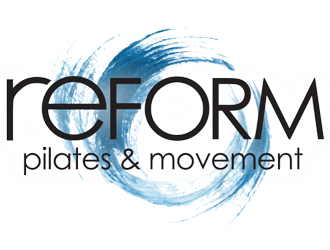Barre Fitness and Pilates ~ A perfect combo!
You have probably seen the crazy influx of barre studios popping up all around town the past 5-8 years or so. There are many different companies, each with individual certification programs, unique approaches and movement choreography. It can be challenging as a student to figure out what style or studio is the right fit. I would love to share my journey to teaching barre and bring my Pilates perspective to give some guidance to those interested in giving it a try!
First, what is Barre Fitness?
This seemingly new fitness trend has its roots in the Lotte Berk Method, founded in 1959 (London) by a modern dancer looking to stay fit while healing from a back injury.
Most barre-based classes use a combination of postures inspired by ballet and other disciplines like yoga and Pilates. The barre is used as a prop to balance while doing exercises that focus on isometric strength training (holding your body still while you contract a specific set of muscles) combined with high reps of small range-of-motion movements. Most classes include light weights, resistance bands and core strengthening movements lying on the mat. Barre style workouts can recruit different types of muscle fibers than traditional resistance or interval training. The isometric contractions and high-rep, low-weight endurance exercises seen in barre class activate type I, or slow-twitch, fibers, which provide a low force output but can keep working for an extended period of time. We use type I muscle fibers all day long to maintain posture, joint position, and even walk for long distances. So it provides great functional training for our bodies as well! Traditional resistance training exercises—such as a leg extension, squat, or push-up—move your joints through a full range of motion, activating type II, fast twitch muscle fibers that are responsible for powerful, dynamic movements (Also very important for us!). It is a fun and challenging workout done to music (which I love) that also usually has a bit of an aerobic element that leaves you with a good, sweaty glow at the finish.
Some classes are very ballet based with a graceful flow where other classes have a “make it burn, no pain no gain” thing going on. Some emphasize a constant “tuck” of the pelvis, others barely mention pelvic placement as all (more on the anatomy of this later). Of all the classes I tried before choosing a certification program, not one was the same, they all had positive and negative aspects and as a Pilates Instructor, I would look around and try to take it all in (while also trying to get through the burning sensation in my legs as the instructor would lose count! As a teacher I have totally done that too:). I settled on the Balanced Body Barre Certification as it was a respected Pilates education organization. It also gave me the flexibility to bring a barre program to my beloved home studio reFORM Pilates and Movement. Our clients at Reform often mix together Pilates, Gyrotonic and other methods and are always up for trying something new!
What makes Barre a complimentary practice to Pilates?
In some ways, movements at the barre are basically “Footwork” on the Reformer standing upright. Both move the ankle, knee and hip joint in a closed chain, supported range of motion. As you lay on the Reformer, your feet go through a range of positions as you do a plié/squat allowing your torso and spine to have the feedback of the carriage on the back line. The shoulders can align and relax against the blocks, bringing opposition and length to your entire body. At the barre, we turn this shape upright, which changes the gravitational load on your bones and muscles. It can bring a challenging element to keeping postural alignment through your torso as you can no longer rest your back against the Reformer carriage. The hands on the barre while you do your pliés offers you support to make those little postural adjustments to center your midline over your feet. Many of the barre exercises and floorwork done on the mat further reinforce the basic Pilates principles of centering, control, concentration, precision, breath and flow.
Classes taught by Fanina Padykula. To learn more about Fanina’s personal experience with barre fitness, and her approach to teaching, read on in Part 2.
reFORM client Karen G. says this about barre at reFORM:
Current class times ~ Tuesdays at 11:30am and Fridays at 7am ~ First class is free!
Sign up online at www.reformpilatespdx/class-schedule/ See you there!


